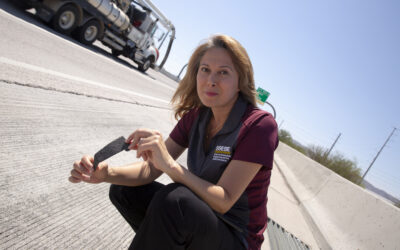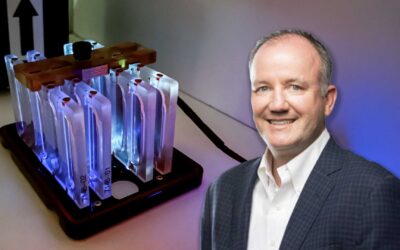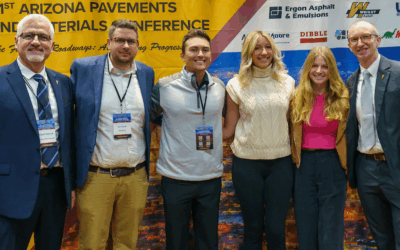More SSEBE news
New online bachelor’s degree!
Construction management and technology, BS
Start your high-income, high-impact construction career when it is convenient for you with our new online degree program.
Learn about all our programs
Civil engineering
Inspiring the next generation, ASU’s civil engineering curriculum sharpens your technical problem solving and frees your imagination to revolutionize design principles into cutting-edge “green” engineering solutions.
Construction management and technology
ASU’s construction management curriculum provides principles of design, cost estimation and planning, and prepares you to direct the building process or guide the maintenance, operation, renovation or decommissioning of facilities.
Construction engineering
One of the leading programs nationwide, ASU’s construction engineering curriculum combines the design principles of civil engineering with the business knowledge of construction management.
Environmental engineering
The environmental engineering BSE degree program will focus on the engineered processes and systems that preserve, protect and restore the natural environment for benefits to human health and ecosystem services.
What is “Sustainable Engineering and the Built Environment”?
Sustainable engineering is a revolutionary approach to engineering that
- Focuses on the long-lasting improvement of the human condition;
- Recognizes the connections between infrastructure and the human and natural systems; and
- Designs and constructs complex systems by considering environmental impacts, life-cycle assessment, and risk and uncertainty, along with technical and economic effectiveness.
The built environment includes society’s physical infrastructure and integrated systems that create the conditions for sustained health, prosperity and social well-being.
Involvement with the built environment generally includes the initiation of projects or programs through planning, design, construction, operations and decommissioning; the so-called “life-cycle” of the endeavor.


